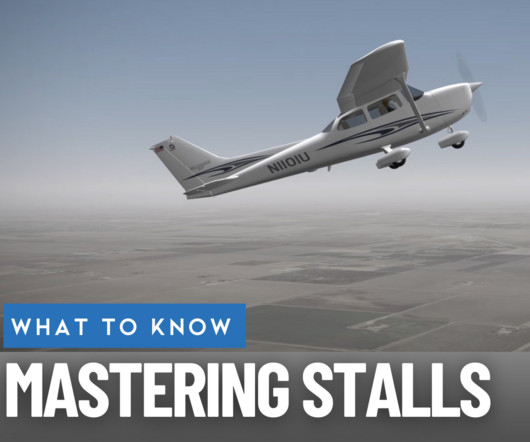Mastering Stalls: How to Recognize, Prevent, and Recover Safely
Flight Training Central
MARCH 3, 2025
Depending on design, airfoils used in general aviation, stall at angles of attack between 16 to 18 degrees. This is because the vertical component of thrust reduces the wing loading, and the propeller slipstream tends to maintain airflow over the center sections of the wings.











Let's personalize your content